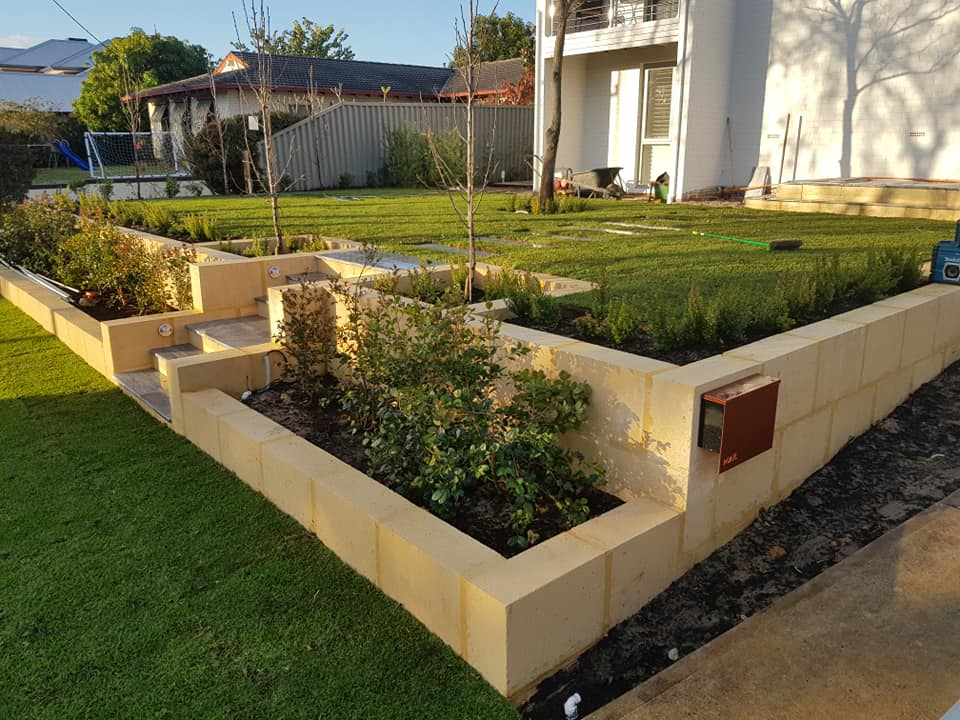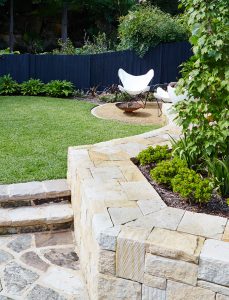Natural Stone Raised Garden Beds: The Ultimate Guide To Building And Planting
Introduction
Raised garden beds are a great way to improve your gardening experience. They can help you grow healthier plants, reduce your workload, and add beauty to your yard. If you're looking for a durable and long-lasting raised bed material, natural stone is a great option.
In this blog post, we will discuss the benefits of using natural stone for raised garden beds, as well as how to build and plant your own. We will also provide some tips for caring for your stone raised beds.
Benefits of Natural Stone Raised Garden Beds
There are many benefits to using natural stone for raised garden beds. Here are just a few:
- Durability: Stone is a very durable material that will last for many years. It will not rot, warp, or be damaged by pests or weather.
- Low maintenance: Stone raised beds require very little maintenance. You won't need to worry about painting or staining them, and they will not need to be replaced as often as other materials.
- Aesthetics: Stone is a beautiful material that can add a touch of elegance to your yard. It comes in a variety of colors and textures, so you can choose the perfect look for your garden.
- Drainage: Stone is a porous material that allows water to drain freely. This is important for plant health, as it helps to prevent root rot.
How to Build a Natural Stone Raised Garden Bed
Building a natural stone raised bed is a relatively easy project that can be completed in a weekend. Here are the basic steps involved:
- Choose a location for your bed. The location should be sunny and have good drainage.
- Mark out the dimensions of your bed.
- Excavate the area to the desired depth.
- Lay a layer of gravel or crushed stone in the bottom of the bed.
- Begin stacking the stones. Start with the bottom layer and work your way up.
- Leave an opening in one side of the bed for access.
- Fill the bed with potting soil and plant your desired plants.
How to Plant in a Natural Stone Raised Garden Bed
When planting in a natural stone raised bed, there are a few things you need to keep in mind:
- Choose plants that are appropriate for the amount of sunlight your bed receives.
- Plant the plants at the same depth as they were growing in their pots.
- Water the plants regularly, especially during the first few weeks after planting.
- Mulch around the plants to help retain moisture and suppress weeds.
Tips for Caring for Your Stone Raised Beds
With proper care, your natural stone raised beds will last for many years. Here are a few tips for caring for your beds:
- Water your beds regularly, especially during hot, dry weather.
- Mulch around the plants to help retain moisture and suppress weeds.
- Inspect your beds regularly for pests and diseases.
- Repair any damage to the stones as soon as possible.
Conclusion
Natural stone raised garden beds are a great way to improve your gardening experience. They are durable, low-maintenance, and beautiful. If you're looking for a long-lasting and elegant way to grow your plants, natural stone is a great option.
Are you looking for a beautiful and low-maintenance way to grow your own food? Consider a natural stone raised garden bed! These beds are made from durable materials that will last for years, and they can be customized to fit any size or shape. Plus, they're easy to care for, and they can help improve the drainage and aeration of your soil.
If you're interested in learning more about natural stone raised garden beds, visit Garden Wiki. Garden Wiki is a leading provider of natural stone garden products, and they have a wide variety of raised bed kits to choose from. You can also find helpful information on their website about how to choose the right size bed, where to place it in your yard, and how to care for it.
FAQ of natural stone raised garden beds
Q: What are the benefits of using natural stone for raised garden beds?
A: Natural stone raised garden beds offer a number of benefits over other types of raised beds, including:
- They are durable and long-lasting.
- They can be made from a variety of different stones, each with its own unique look and feel.
- They can be customized to fit any size or shape.
- They can help to improve drainage and aeration in the soil.
- They can help to retain heat, which can extend the growing season.
Q: What are the different types of natural stones that can be used for raised garden beds?
A: Some of the most popular types of natural stones for raised garden beds include:
- Limestone
- Sandstone
- Brick
- Flagstone
- Slate
- Marble
Q: How do I build a natural stone raised garden bed?
A: The steps on how to build a natural stone raised garden bed will vary depending on the type of stone you are using and the size and shape of the bed you want to create. However, some general steps include:
- Choose a location for your bed and mark out the dimensions.
- Excavate the area to the desired depth.
- Lay a layer of gravel or crushed stone in the bottom of the bed to improve drainage.
- Place the stones in the bed, starting with the largest stones at the bottom and working your way up to the smallest stones at the top.
- Fill the bed with soil and plant your desired plants.
Q: What type of soil should I use in a natural stone raised garden bed?
A: The type of soil you use in a natural stone raised garden bed will depend on the plants you are growing. However, a good general-purpose soil mix that is high in organic matter is a good choice. You may also want to add some compost or other amendments to the soil to improve drainage and fertility.
Q: How do I care for a natural stone raised garden bed?
A: The care of a natural stone raised garden bed is relatively simple. You will need to water your plants regularly, especially during hot, dry weather. You may also need to fertilize your plants every few months. In addition, you will need to remove any weeds that grow in the bed.
Image of natural stone raised garden beds
10 different images of natural stone raised garden beds that are free to use:
Image 1: A long, rectangular raised bed made from large, flat stones. The bed is filled with lush, green plants.

Image 2: A square raised bed made from smaller, more irregular stones. The bed is surrounded by a border of flowers.

Image 3: A raised bed made from stacked stones in a variety of shapes and sizes. The bed is filled with vegetables and herbs.

Image 4: A raised bed made from river rocks. The bed is surrounded by a path made from the same type of rocks.
Image 5: A raised bed made from slate tiles. The bed is filled with colorful flowers.

Image 6: A raised bed made from flagstone. The bed is surrounded by a low wall of the same material.

Image 7: A raised bed made from limestone. The bed is filled with a variety of plants, including vegetables, herbs, and flowers.

Image 8: A raised bed made from sandstone. The bed is surrounded by a border of succulents.

Image 9: A raised bed made from granite. The bed is filled with a variety of herbs.

Image 10: A raised bed made from marble. The bed is filled with a variety of flowers.

Post a Comment for "Natural Stone Raised Garden Beds: The Ultimate Guide To Building And Planting"